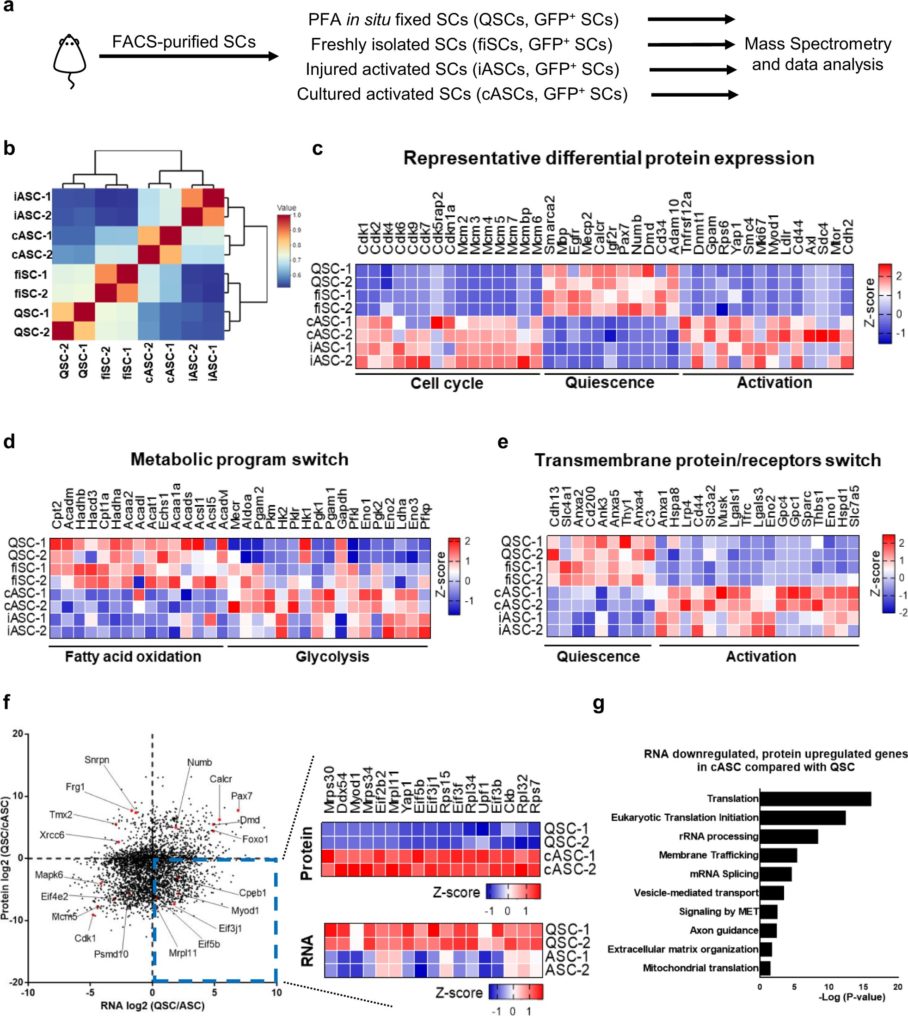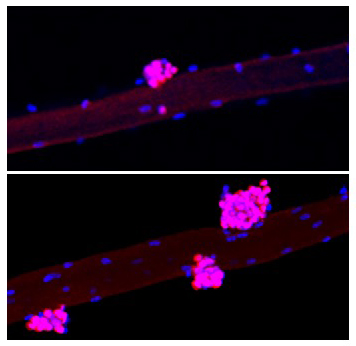
muscle regeneration tagged posts


Study in mice confirms link between mechanotherapy and immunotherapy in muscle regeneration. Massage has been used to treat sore, injured muscles for more than 3,000 years, and today many athletes swear by massage guns to rehabilitate their bodies...
Read More
Credit: Salk Institute
Clues about molecular changes underlying muscle loss tied to aging. In work that could one day help athletes as well as aging adults regenerate tissue more effectively, scientists increased the regeneration of muscle cells in mice by activating the precursors of muscle cells.
One of the many effects of aging is loss of muscle mass, which contributes to disability in older people...
Read More





Recent Comments